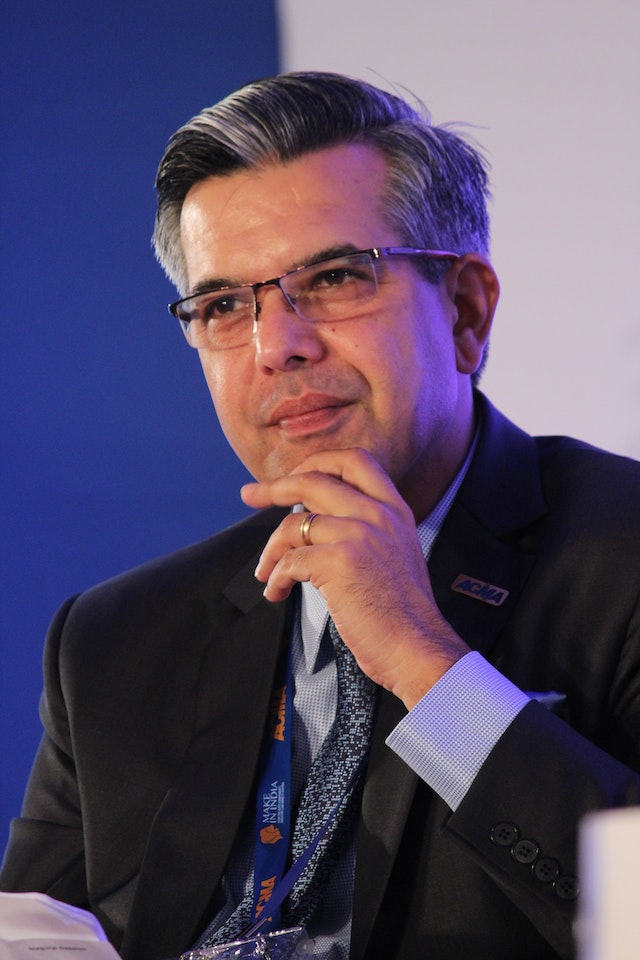Blockchain and cryptocurrency have come a long way in the last decade, evolving from niche technologies into mainstream solutions with a rapidly growing user base. Today, blockchain is being used to power everything from financial transactions to supply chain management, while cryptocurrency has emerged as a viable alternative to traditional currencies.
To gain insights into where the industry is headed and what we can expect in the years to come, we spoke with Jeff Kirdeikis, a well-known figure in the world of blockchain and cryptocurrency and the CEO of TrustSwap, a leading decentralized finance platform. Here’s what he had to say.
The Rise of NFTs
One of the most notable trends in the blockchain and cryptocurrency space in recent months has been the rise of NFTs, or non-fungible tokens. NFTs are unique digital assets that are stored on a blockchain, typically the Ethereum blockchain, and can be used to represent anything from artwork to music to collectibles.
According to Jeff, the rise of NFTs is a natural evolution of the blockchain technology that underpins them. “Blockchain has always been about decentralization and the ability to create secure and transparent digital assets,” he says. “NFTs take that to the next level by enabling people to create unique, one-of-a-kind digital assets that can be traded and owned just like physical assets.”
Jeff believes that NFTs have the potential to revolutionize the art world in particular, enabling artists to create and sell digital artwork in a way that was never before possible. “NFTs offer a new way for artists to monetize their work and build a direct relationship with their fans and collectors,” he says.
The Importance of Interoperability
Another trend that Jeff sees as critical to the future of blockchain and cryptocurrency is interoperability, or the ability of different blockchains to communicate and work together. “Right now, we have a lot of different blockchains out there, and they don’t necessarily talk to each other,” he says. “But for blockchain to truly reach its full potential, we need to be able to move assets and data seamlessly between different blockchains.”
To address this challenge, Jeff and his team at TrustSwap are working on solutions for cross-chain interoperability, allowing users to move assets between different blockchains without the need for complicated and expensive exchanges. “We’re building a platform that makes it easy for people to move assets between different blockchains, whether it’s Bitcoin, Ethereum, or any other blockchain out there,” he says.
The Impact of Environmental Sustainability
As an advocate for environmental conservation and sustainability, Jeff is acutely aware of the impact that blockchain and cryptocurrency can have on the planet. “The blockchain industry is still relatively new, and we’re still learning about the environmental impact of mining and other blockchain activities,” he says. “But it’s clear that we need to take steps to minimize that impact and build a more sustainable future.”
To that end, Jeff and his team at TrustSwap are working on solutions for carbon offsetting and other environmentally-friendly practices. “We’re looking at ways to minimize our carbon footprint and help our users do the same,” he says. “We believe that blockchain and cryptocurrency have the potential to be powerful tools for positive change, and that includes creating a more sustainable future.”
The Future of Decentralized Finance
Finally, we asked Jeff about the future of decentralized finance, or DeFi, and what we can expect in the years to come. “DeFi has exploded in popularity over the last year or so, and I think we’re just scratching the surface of what’s possible,” he says.
According to Jeff, one of the biggest challenges facing DeFi is scalability, or the ability to handle a large number of transactions without slowing down or becoming prohibitively expensive. “Right now, the Ethereum network,






